World
On This Day in Science - March 25
By Jake Beardslee · March 25, 2024

Join us as we unravel the captivating stories behind these scientific milestones, celebrating the inquisitive minds and tenacious spirits that dared to push the boundaries of what was once thought impossible.
Let's explore the scientific events that occurred on this day, March 25. Unsplash

Late Mammoth Extinction (March 25, 1993)
Russian paleontologists published findings in Nature revealing that woolly mammoths existed on Wrangel Island until around 4,000 years ago, 6,000 years later than previously thought. Tracy O/Wikimedia
AIDS Virus Hideout Uncovered (March 25, 1993)
Two Nature articles solved the mystery of why AIDS patients experience virus-free periods, showing the lymph system acts as a reservoir hiding the virus during latency. Photo Credit: C. GoldsmithContent Providers: CDC/ C. Goldsmith, P. Feorino, E. L. Palmer, W. R. McManus/Wikimedia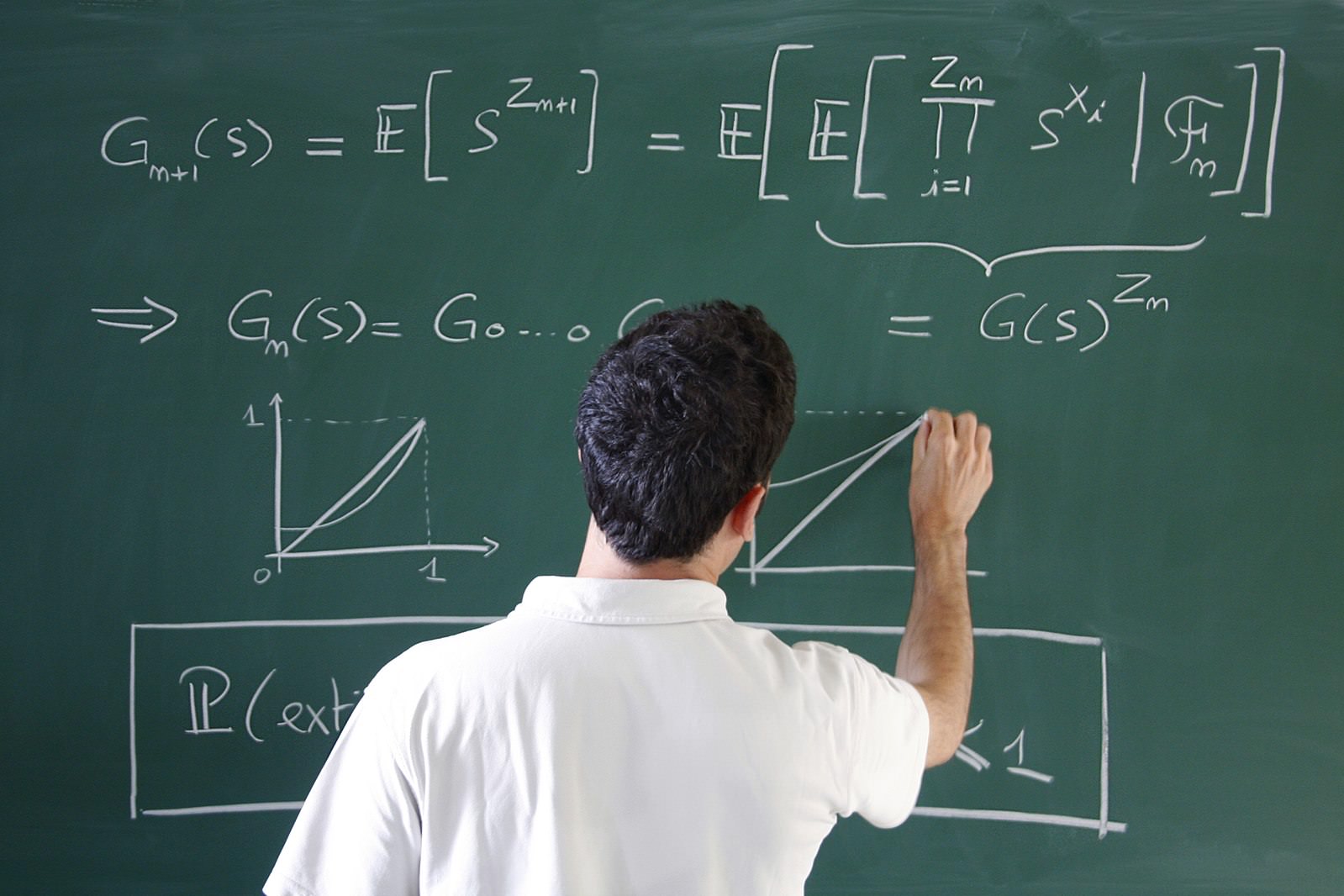
Record-Breaking Perfect Number (March 25, 1992)
British scientists found the new largest known perfect number at the time: (2^756839 - 1) * 2^756839. Ecole polytechnique Université Paris-Saclay/Wikimedia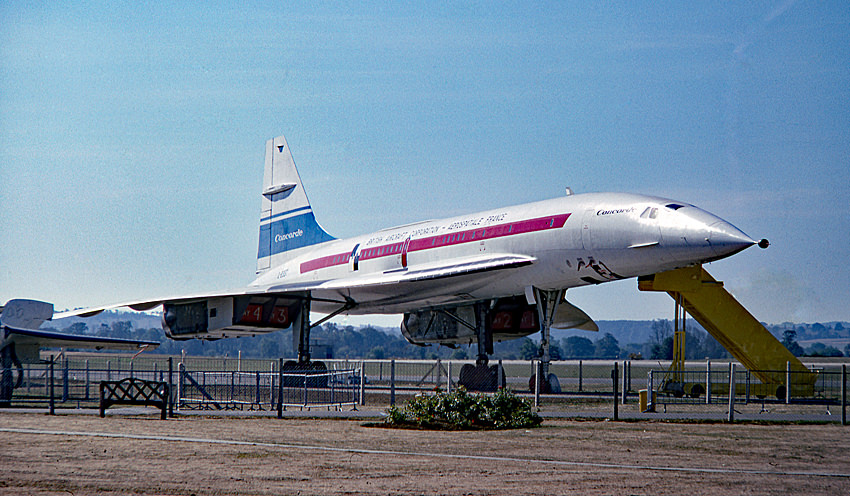
Concorde's First Supersonic Flight (March 25, 1970)
The British prototype Concorde 002 made its first supersonic flight, reaching 700 mph, following the French Concorde 001 breaking the sound barrier months earlier. Murgatroyd49/Wikimedia
Color TV Sales Begin (March 25, 1954)
RCA announced commercial production of color television sets, with an initial Bloomington plant capacity of 2,000 units per month, costing over 5 times a black-and-white set. RCA Victor/Wikimedia
Detecting Cosmic 21cm Radiation (March 25, 1951)
Edward Purcell and H.I. Ewen at Harvard detected the 21cm radiation from hydrogen in outer space for the first time. Landesarchiv Baden-Württemberg, Fotograf: Willy Pragher/Wikimedia
Early TV Public Demonstration (March 25, 1925)
John Logie Baird held the first public demonstration of his television system at Selfridges department store in London. Orrin Dunlap, Jr./Wikimedia
Radium's Remarkable Properties (March 25, 1903)
The Times reported Pierre and Marie Curie announcing radium's remarkable heat emission and biological effects like causing radiation burns to the skin. AIP Emilio Segrè Visual Archives, Physics Today Collection/Wikimedia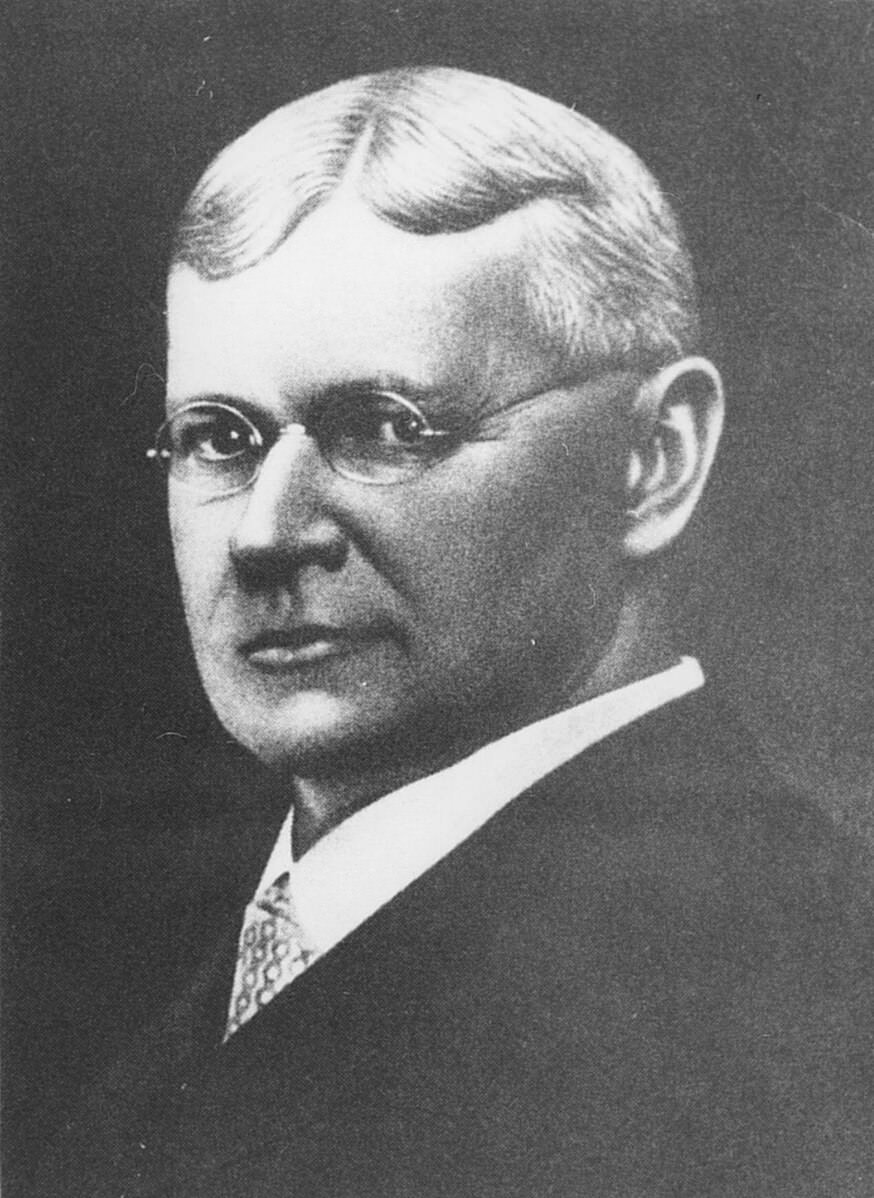
Automated Sheet Glass Production (March 25, 1902)
Irving W. Colburn patented a sheet glass drawing machine for automated production. Toledo-Lucas County Public Library/Wikimedia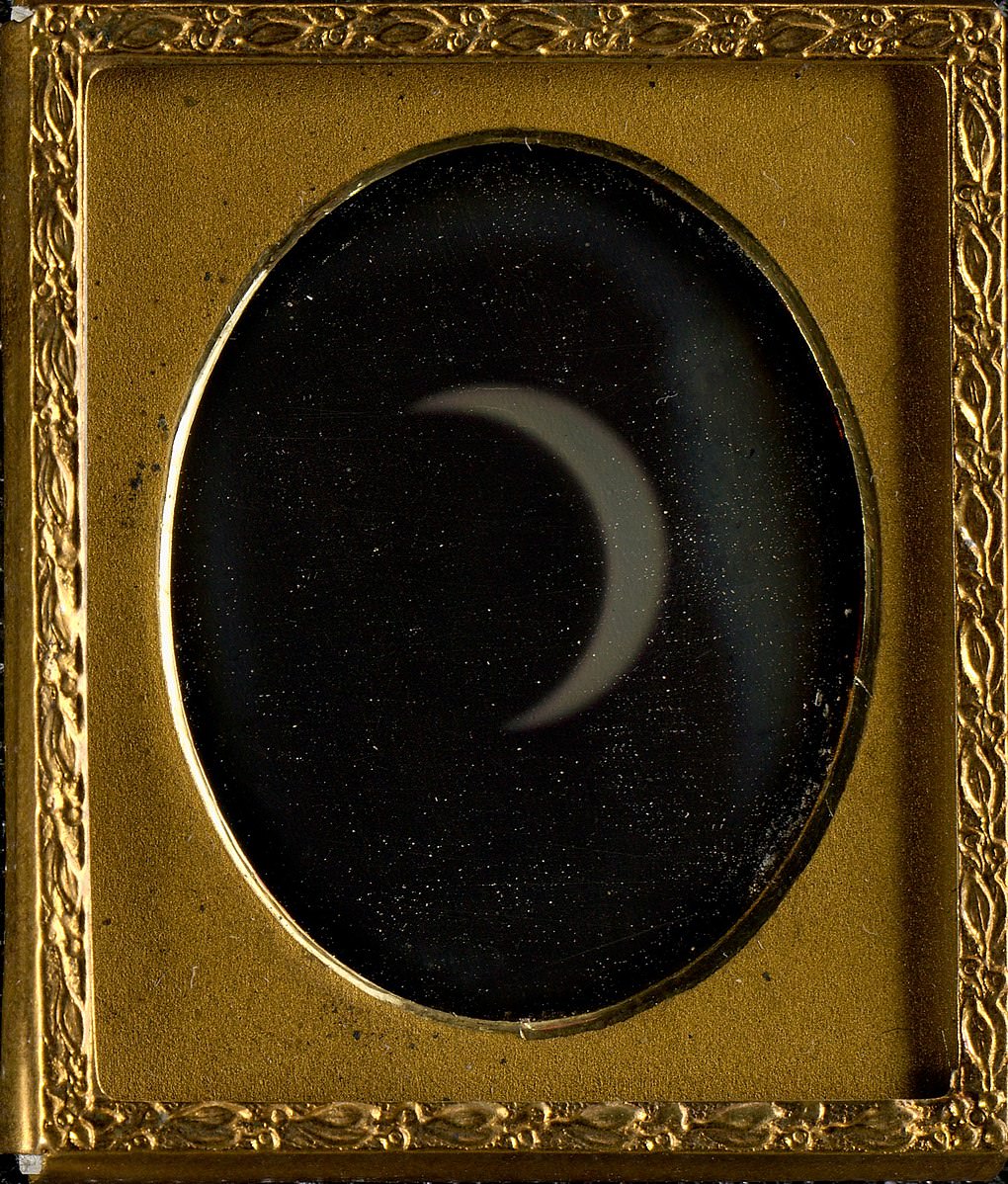
First Solar Eclipse Photograph (March 25, 1857)
Frederick Lagenheim took the first photograph ever of a solar eclipse on this day. William Langenheim/Wikimedia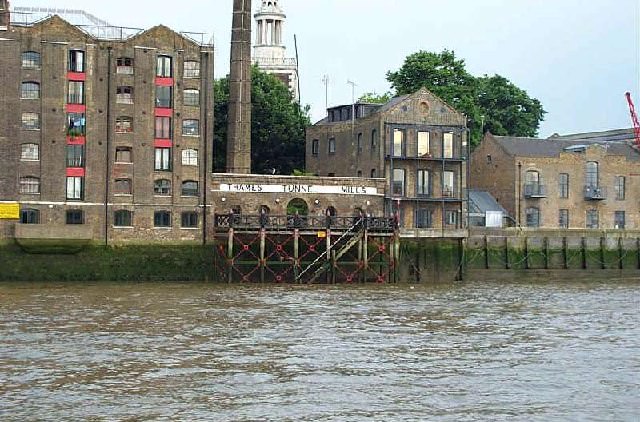
Thames Tunnel Opening (March 25, 1843)
The Thames Tunnel in London, the world's first tunnel under a navigable river, opened for pedestrian use between Rotherhithe and Wapping after 18 years of construction. Stephen Dawson / Thames Tunnel Mills/Wikimedia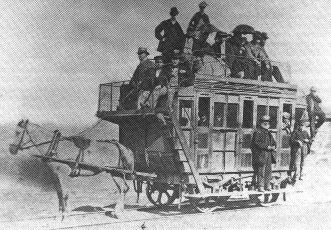
World's First Passenger Railway (March 25, 1807)
The Oystermouth Railway in Wales began the world's first railway passenger service, originally built to transport coal and later using horse-drawn "dandies" for passengers. Here/Wikimedia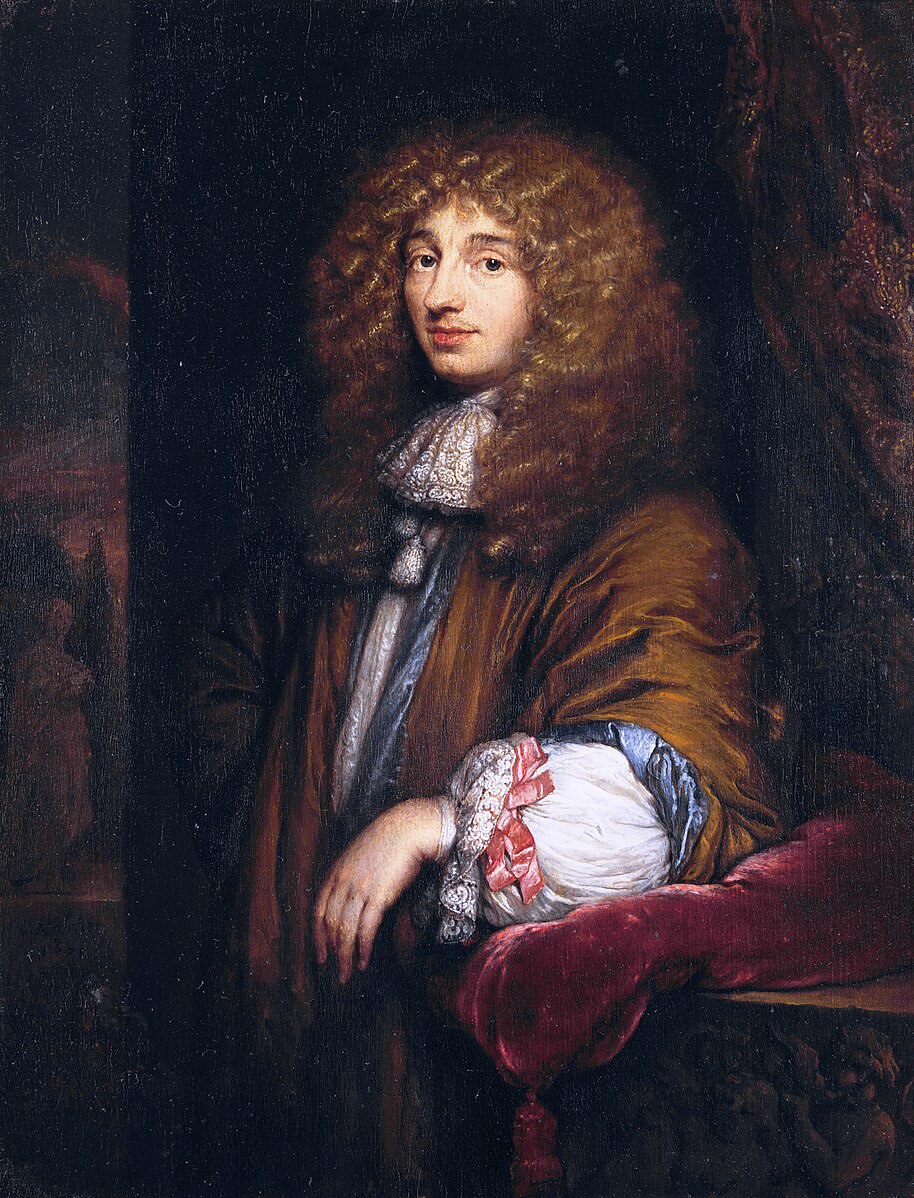
Discovery of Saturn's Moon Titan (March 25, 1655)
Christiaan Huygens discovered Titan, Saturn's largest moon, and determined its orbital period around the planet, though it wasn't officially named until much later. Caspar Netscher/Wikimedia
America's First Industrial Canal (March 25, 1639)
Colonists in Dedham, Massachusetts began digging America's first canal to provide industrial water power, running from the Charles River to the Neponset River. John Constable/Wikimedia
Pioneering Botanist Nehemiah Grew's Death (March 25, 1712)
Nehemiah Grew, a founder of plant anatomy who discovered plant tissue structures and introduced the term "comparative anatomy", died on this day in 1712. Wellcome Images/Wikimedia